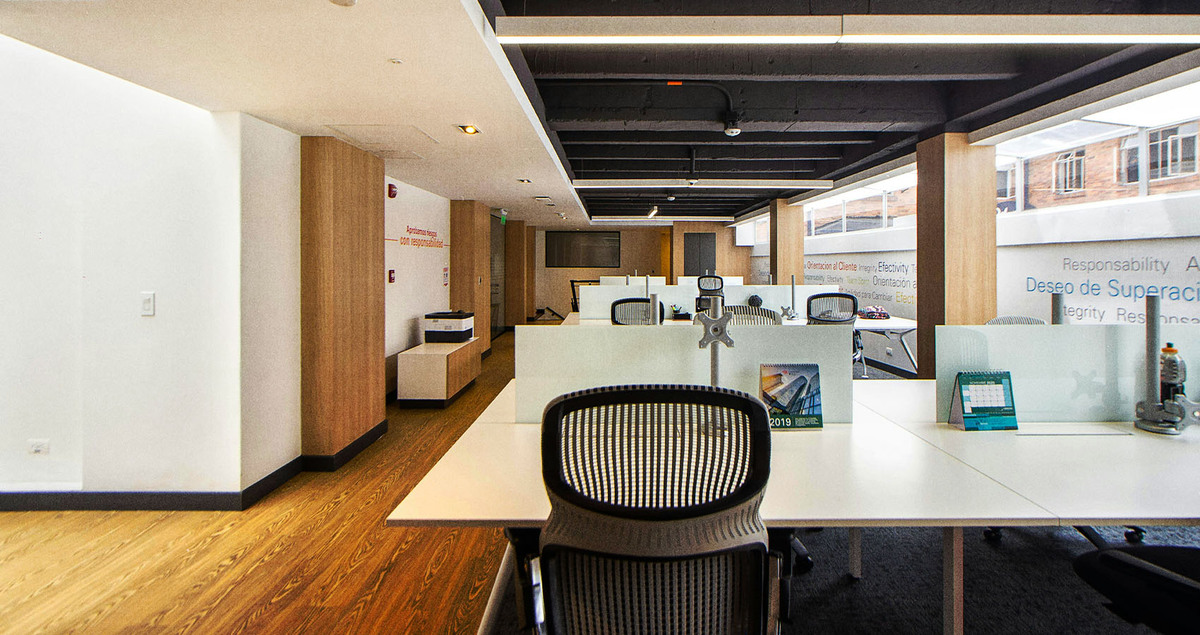
The Use of Building Directory Signs in Different Places
Enhancing navigation and accessibility with effective directory signage.
Building directory signs are an essential element of any well-organized and accessible space. Whether you are navigating a sprawling corporate complex, finding your way around a hospital, or locating a specific office in a high-rise building, directory signs serve as your guiding star. They not only help people find their destination quickly but also contribute to the overall experience of visiting a building, ensuring that everyone feels welcome and at ease.
Office Buildings

In office buildings, especially those that house multiple businesses, directory signs are indispensable. Imagine walking into a large building with no idea where to find the company you are visiting. A clear, well-placed directory sign immediately solves that problem. These signs are typically located near the entrance or lobby and list the names of businesses, their corresponding floors, and sometimes even room numbers. This organization makes it easier for visitors and clients to navigate the building without the need for constant assistance from staff.
Moreover, directory signs in office buildings often reflect the building’s branding and style. A sleek, modern directory can enhance the professional atmosphere of the space, while a more traditional design might align with a building that has historical significance. In both cases, the sign not only directs but also reinforces the building’s identity.
Hospitals and Healthcare Facilities

Hospitals are another place where directory signs play a crucial role. With numerous departments, wings, and specialized units, hospitals can be confusing to navigate, especially in emergencies. Directory signs help patients, visitors, and even staff quickly find the right department or room, reducing stress and saving valuable time.
In healthcare settings, directory signs must be clear and easily readable. They often use large fonts, high-contrast colors, and universally recognized symbols to ensure that everyone, including those with visual impairments or language barriers, can find their way. In addition, these signs are strategically placed throughout the facility, often at major intersections or near elevators, to provide constant guidance.
Shopping Malls

Shopping malls are another environment where directory signs are a must. With multiple floors, dozens of stores, restaurants, and entertainment options, malls can be a maze. Directory signs, typically found at entrances and near escalators, help shoppers locate their desired store or service.
These signs often include maps that highlight the shopper’s current location (“You Are Here”), making it easier to plan a route. Some directories even offer interactive elements, such as touch screens, allowing users to search for specific stores, check promotions, or get directions. This combination of functionality and convenience enhances the shopping experience and encourages visitors to explore more of what the mall has to offer.
Hotels and Resorts

In hotels and resorts, directory signs guide guests through a variety of amenities and services, from the reception desk to the pool, restaurant, and conference rooms. A well-designed directory sign helps create a seamless guest experience, allowing visitors to fully enjoy their stay without feeling lost or confused.
These signs are often crafted to match the hotel’s aesthetic, whether it is a luxurious five-star resort or a cozy boutique hotel. By blending functionality with design, directory signs in these settings contribute to the overall ambiance, reinforcing the brand and enhancing the guest’s experience.











